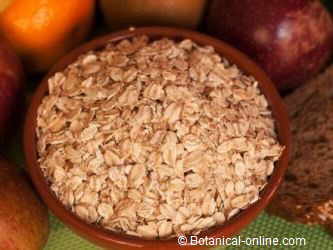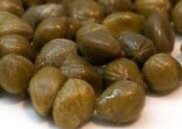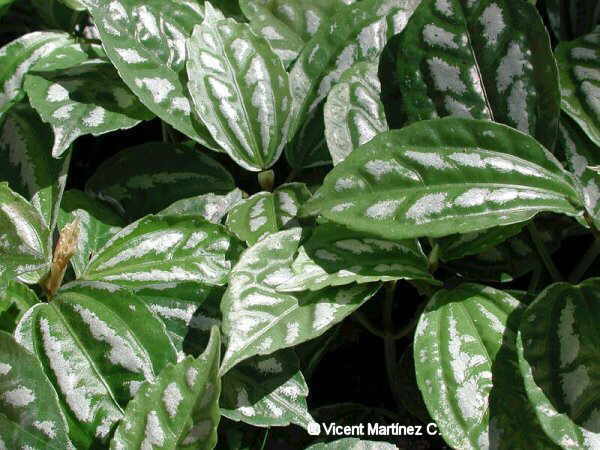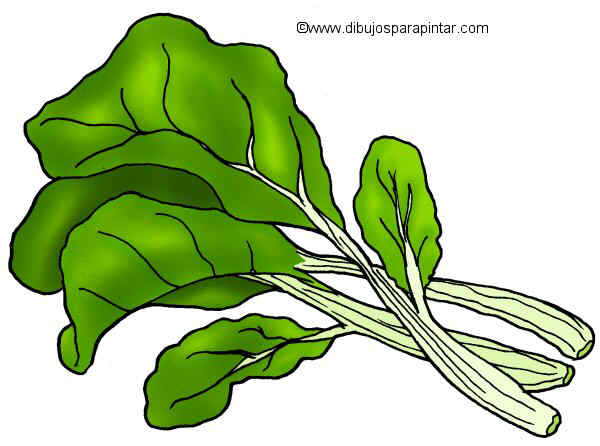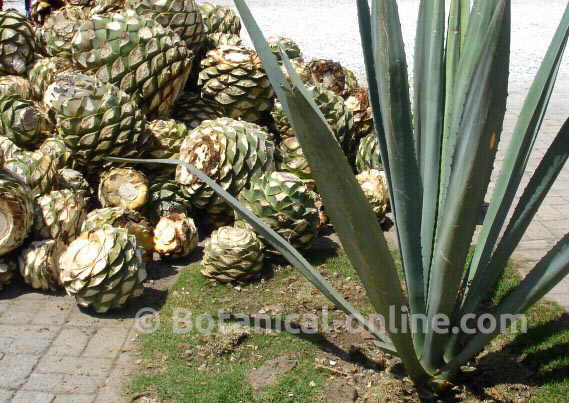Contents
What is a cotton lavender plant?
Characteristics of cotton lavender (Santolina chamaecyparissus)
Common name: Cotton lavender, lavender-cotton
Scientific name: Santolina chamaecyparissus L.
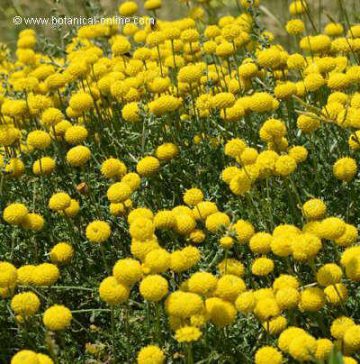
Family: Compositae
Habitat: Mainly in calcareous dry places, roadsides, banks and bushes.
Botanical description of cotton lavender
Perennial bush up to 50 cm.
Branched and fragrant types of stems.
Leaves deeply divided, with rounded lobes, sometimes covered with dense whitish hairs; sometimes glabrous.
Yellow flowers in globular chapters with long peduncles, formed only by tubular florets, without ligules, 1 to 6 cm in diameter, very aromatic.
Collection and conservation of cotton lavender
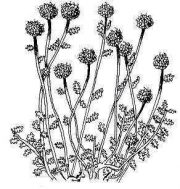
The leaves and the whole plant must be collected in summer, when it has flowered. It should be dried in a dark place and stored in a clean, airtight container.
Active components of cotton lavender
The components or active principles present in cotton lavender are:
- Santolinone, patuletina
- Essential oil: limonene, myrcene, nepetin, p-coumaric acid, pinene
- Tannins and catechins
- Flavonoids: luteolin.
![]() More information on plant properties
More information on plant properties

